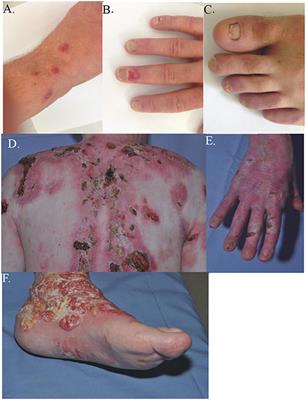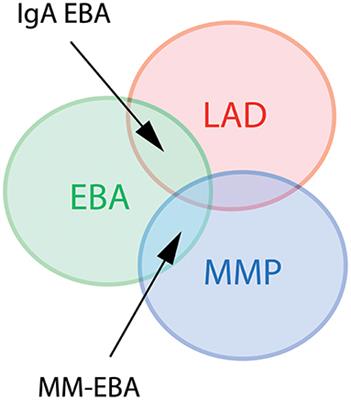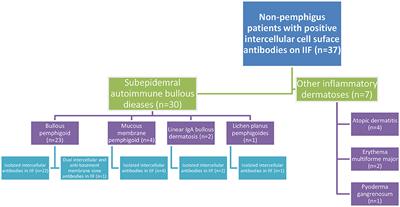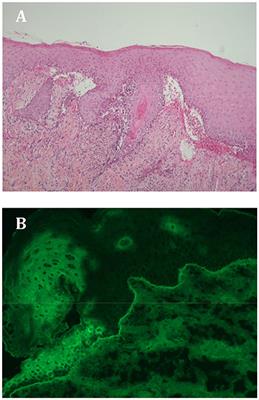EDITORIAL
Published on 02 Apr 2019
Editorial: Skin Blistering Diseases
doi 10.3389/fmed.2019.00060
- 2,700 views
- 1 citation
24k
Total downloads
145k
Total views and downloads
EDITORIAL
Published on 02 Apr 2019
ORIGINAL RESEARCH
Published on 29 Jan 2019

CASE REPORT
Published on 29 Jan 2019

REVIEW
Published on 10 Jan 2019

CASE REPORT
Published on 09 Nov 2018

PERSPECTIVE
Published on 08 Nov 2018
REVIEW
Published on 02 Nov 2018

ORIGINAL RESEARCH
Published on 17 Oct 2018

CASE REPORT
Published on 27 Sep 2018

MINI REVIEW
Published on 04 Sep 2018

REVIEW
Published on 20 Aug 2018

MINI REVIEW
Published on 14 Aug 2018
